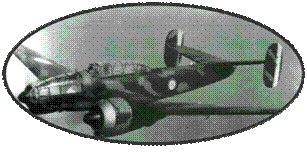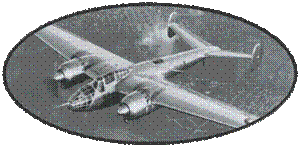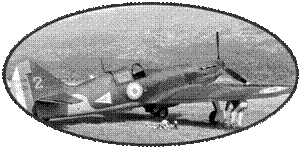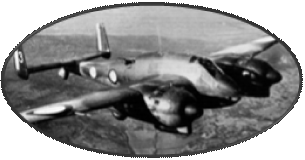In 1936, the Henschel company
developed, from the Henschel 122, a reconnaissance aircraft, the
Henschel 126. First equipped with a Junkers Jumo 210 in-line engine,
the prototype Hs 126 V1 made its first flight in autumn 1936 A year
later, two more V2 and V3 prototypes, powered by BMW 8-speed 930Cv
air-cooled BMW Bramo Fafnir 323 A-1, followed this time. The Hs
126 is an all-metal monoplane with a parasol wing. His crew is composed
of 2 men.
A first pre-series of 10
aircraft was produced in the summer of 1937, and the first series
aircraft, Hs 126 A-1, left the factories in the spring of 1938.
They were equipped with the BMW 132 Dc developing 880hp at take-off.
In 1938, six copies were
sent to Spain for operational situation, and they will remain on
the spot at the end of hostilities. Another 16 copies were sold
to Greece in 1939.
The Hs 126 B-1 version, released
in 1939, features a more powerful Bramo Fafnir engine. This version
was used during the Campaign of Poland and the Campaign of France.
In May 1940, during the German offensive, the Luftwaffe has 277
Hs 126.
The Hs 126 B-1 demonstrated
remarkable robustness, and this often allowed it to escape French
fighters with small arms. The losses are however quite heavy. Despite
this, for lack of replacement, the Hs 126 continues its career in
North Africa and the USSR: nearly 600 aircraft are engaged on all
fronts.
Upon arrival of his replacement,
the FW129, the Hs 126 B-1 is confined to target towing roles, aircraft
schools or glider tugboats. Others are used for nocturnal harassment
or anti-partisan missions. A total of 913 copies of Henschel Hs126
were manufactured until the end of 1942













